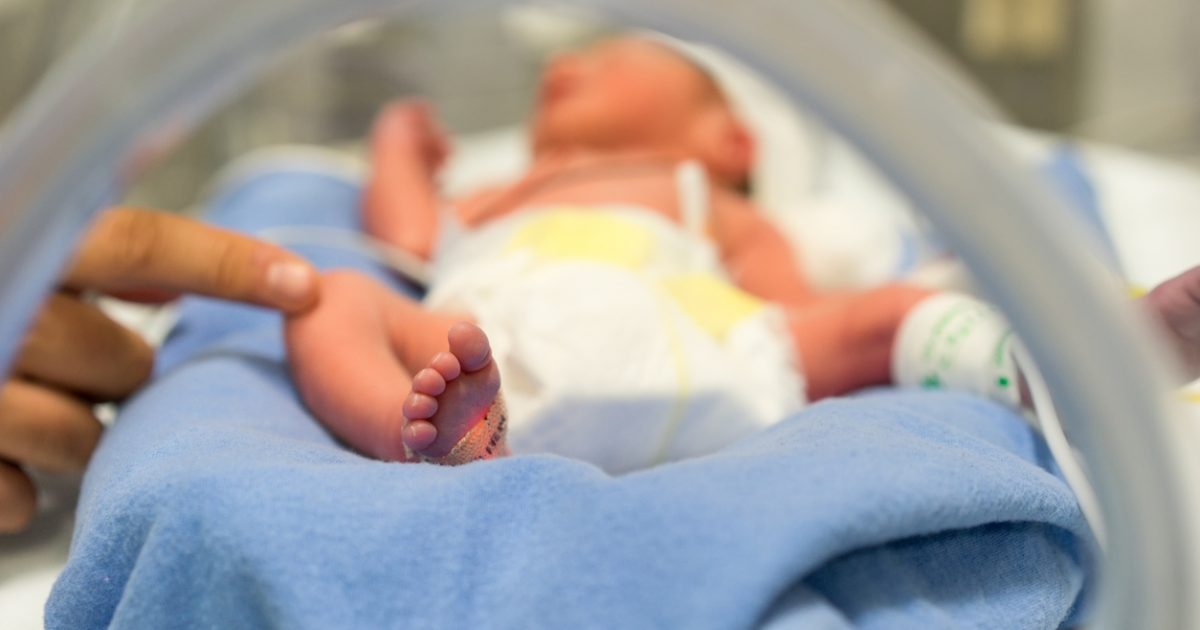How To Treat And Prevent Reye's Syndrome
Reye’s syndrome is a rare and serious medical condition that can cause swelling in the brain and liver. It most commonly affects children and teenagers who have contracted a viral infection like chickenpox or the flu. Patients typically start showing symptoms of Reye’s syndrome three to five days after the onset of the initial illness. The early symptoms of Reye’s syndrome vary depending on the patient’s age. If the patient is under two years old, the first symptoms will be diarrhea and rapid breathing. Early symptoms in older patients include extreme lethargy and frequent vomiting.
As Reye’s syndrome progresses, the patient will develop other symptoms, including irrational behavior, irritability, paralysis or weakness in the limbs, seizures, hallucinations, confusion, extreme lethargy, and lessened consciousness. While there is currently no cure for Reye’s syndrome, there are treatments that can control the symptoms. There are also ways to prevent Reye’s syndrome or at least reduce the chances of developing it.
Cooling Blankets

Reye’s syndrome is usually treated in a hospital, and severe cases are sent to the intensive care unit. There, the medical staff will use a variety of treatments to help the patient. For example, they will use cooling blankets to bring the patient’s body temperature down to a safe level.
As the name suggests, a cooling blanket is one designed to keep the patient cool. Many such blankets are made of cotton, and others are made of bamboo or duck down. Bamboo has the added advantage of being hypoallergenic. Cooling blankets are often hollow to increase the amount of air flowing through them, and some blankets are also hygroscopic or able to absorb moisture.
Medication To Prevent Bleeding

Reye’s syndrome can cause liver abnormalities that result in bleeding. Doctors will, therefore, administer medication to prevent bleeding in the liver. The medications will contain any combination of platelets, plasma, and Vitamin K. Platelets are tiny cells in the blood that help clots form. Plasma is another component of the blood; its main job is to carry nutrients and blood cells to different parts of the body. Similarly, it helps transport waste. Vitamin K also helps the blood clot; medications containing vitamin K include menaquinone (vitamin K2) and phytonadione (vitamin K1). Doctors generally prefer using the latter because it is stronger and works faster. It is also less toxic than vitamin K2.
